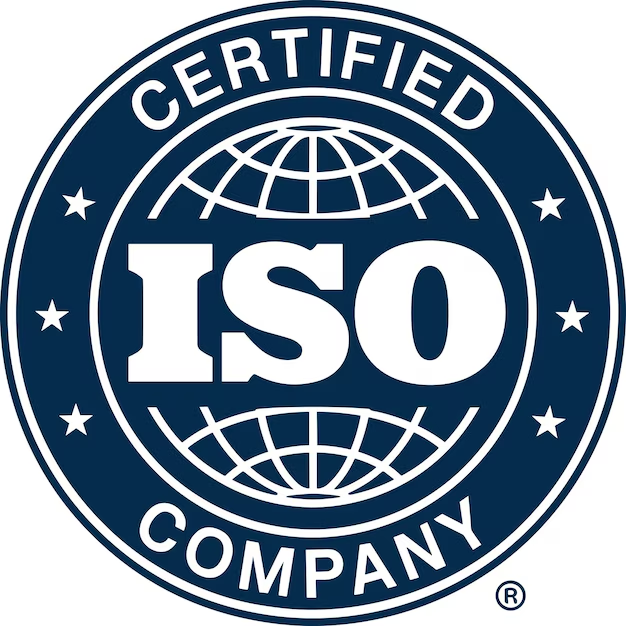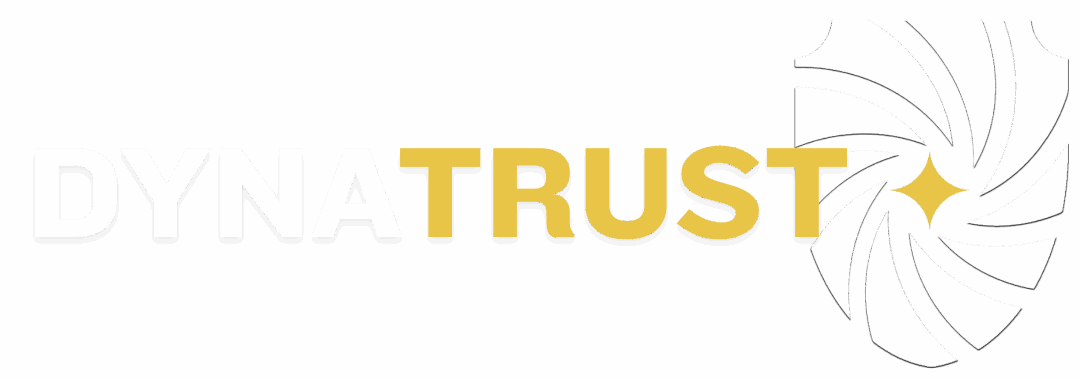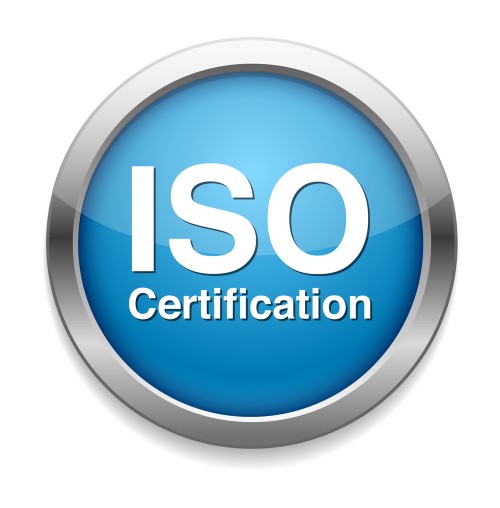The year 2025 marks a major turning point in the world of cybersecurity standardization, with the publication and revision of several strategic ISO standards. Between the transition period for ISO 27001:2022, which ends in October 2025, and the revisions of key standards on cryptography and privacy protection, organizations are facing a deeply transforming regulatory landscape.
For executives, CIOs, and CISOs, understanding these developments is crucial to maintaining ISO compliance and transforming these obligations into strategic advantages. These new standards are not mere technical updates — they reflect the evolution of cyber threats, the emergence of new technologies, and the strengthening of regulatory requirements.
This summary presents the key ISO 2025 publications and their practical benefits for enhancing your cybersecurity governance.

ISO 27001:2022 – The Mandatory Transition of October 2025
Context and Critical Deadlines
The revised version of ISO 27001 was adopted in October 2022, with a three-year transition period allowing organizations certified under the 2013 version to migrate to the new one. This transition period ends in October 2025, making migration no longer optional but mandatory.
This critical deadline means that any organization certified under ISO 27001:2013 must complete its transition to the 2022 version before October 2025 or risk losing certification. For executives, this imperative goes far beyond an administrative task — ISO 27001 certification is often a contractual prerequisite for certain markets and a major commercial differentiator.
The transitional cybersecurity audit requires rigorous preparation, including a full IT security review, adaptation of the information security policy to the new requirements, and updating the cybersecurity dashboard. Organizations that anticipate this transition turn the obligation into an opportunity to modernize their cybersecurity governance.
Cryptographic Revisions: ISO 19790 and ISO 24759
ISO 19790: Requirements for Cryptographic Modules
Published in 2025, ISO/IEC 19790 “Information security, cybersecurity and privacy protection – Security requirements for cryptographic modules” defines standards for cryptographic components essential to modern security.
Cryptography is the foundation of today’s digital security: communication encryption, authentication, digital signatures, blockchain. The 2025 revision of ISO 19790 reflects major technological developments: quantum computing, new algorithms, and device miniaturization.
Implications for organizations: even those not directly developing cryptographic modules benefit indirectly from this standard. It ensures that commercial solutions (VPNs, disk encryption, PKI, HSMs) meet rigorous and verifiable security standards.
Regulatory cybersecurity compliance: many regulations (GDPR, NIS2, and sector-specific frameworks) require the encryption of sensitive data. Using ISO 19790-certified modules makes compliance demonstrations during audits significantly easier.
Anticipating the quantum threat: the 2025 revision likely includes considerations related to post-quantum cryptography, preparing organizations for the upcoming cryptographic revolution driven by quantum computing.
ISO 24759: Testing of Cryptographic Modules
ISO/IEC 24759 “Information security, cybersecurity and privacy protection – Test requirements for cryptographic modules”, also published in 2025, complements ISO 19790 by defining testing methodologies.
This technical standard is primarily aimed at evaluation laboratories and cryptographic solution developers, but its existence reassures user organizations: certifications rely on standardized, rigorous testing methods.
Internal security control: for organizations managing critical cryptographic infrastructures (banks, vital operators), understanding these testing standards improves supplier evaluation and strengthens internal validation processes.
ISO 27701: Privacy Protection
2025 Revision and GDPR Convergence
ISO/IEC 27701 “Information security, cybersecurity and privacy protection – Privacy information management systems – Requirements and guidelines” was published in a revised version in 2025.
This standard extends ISO 27001 with a specific focus on privacy protection. It guides the implementation of a Privacy Information Management System (PIMS) aligned with the GDPR and other data protection regulations.
Synergy with ISO 27001: organizations already certified under ISO 27001 have a solid foundation for implementing ISO 27701. The latter adds specific requirements and controls for personal data protection, creating an integrated security-privacy approach.
GDPR audit compliance: ISO 27701 certification demonstrates the concrete implementation of appropriate technical and organizational measures required by the GDPR. It facilitates relations with data protection authorities and builds trust with business partners.
2025 Revisions: the updated version likely integrates post-GDPR experience, jurisprudential developments, and new regulatory requirements (Digital Services Act, Data Act). It also clarifies alignment with data protection regimes outside the EU.
Business benefits: beyond compliance, ISO 27701 is becoming a commercial differentiator. Certified organizations demonstrate their commitment to privacy protection — a value increasingly appreciated by both B2B and B2C clients.
Synergy Between ISO Standards and Regulations
ISO 27001 as a Multi-Regulatory Compliance Framework
Adopting ISO 27001 enables proactive cyber risk management and ensures compliance with NIS2 and DORA requirements. Its certification is a differentiating asset for any organization concerned with cybersecurity.
One of ISO 27001’s major advantages is its ability to serve as a foundation for meeting multiple regulatory obligations simultaneously. This convergence creates substantial savings by avoiding duplication of compliance efforts.
NIS2 alignment: the Network and Information Security 2 Directive, transposed into national European laws in 2024–2025, imposes strict cybersecurity requirements on essential and important operators. ISO 27001 covers most of these requirements, making compliance demonstration far easier.
DORA convergence: the Digital Operational Resilience Act, applicable to the financial sector since January 2025, requires a robust ICT risk management framework. An ISO 27001-compliant management system provides an excellent foundation for addressing DORA’s pillars (governance, risk management, incident handling, testing, third parties).
GDPR facilitation: while ISO 27001 was not specifically designed for GDPR, it satisfies many of the regulation’s security requirements. Combined with ISO 27701, it provides tangible proof of the accountability principle required by GDPR.
Investment optimization: instead of managing NIS2, DORA, GDPR, and sectoral requirements separately, organizations can structure their cybersecurity governance around ISO 27001, then adapt for regulatory specifics. This streamlined approach reduces costs and improves consistency.
Integration with Sectoral Frameworks
Beyond horizontal regulations, ISO standards align with specific sectoral frameworks such as HDS (Health Data Hosting), PCI-DSS (payment card industry), IEC 62443 (industrial systems), and frameworks for banking and defense sectors.
The recommended approach is to use ISO 27001 as the backbone, integrating sector-specific requirements into the existing management system. This strategy avoids silos and maintains coherent governance.
Forward-Looking Vision: Trends and Future Developments
AI and Automation in Future Standards
The ISO 2025 publications represent just one step in the continuous evolution of cybersecurity standardization. Several major trends are shaping the near future of ISO frameworks.
Integration of Artificial Intelligence: future revisions will likely include specific requirements for the secure use of AI and AI applied to cybersecurity. Dedicated standards for AI governance (such as ISO 42001) are already emerging and will converge with information security standards.
Compliance automation: RegTech and SecOps technologies increasingly automate aspects of compliance — evidence collection, continuous monitoring, automated reporting. Future standards will likely encourage these automated approaches while maintaining human oversight.
Supply chain security: the security of digital supply chains is becoming critical. ISO standards will include strengthened requirements for supplier risk management, dependency assessment, and ecosystem resilience.
Conclusion: Turning ISO Standards into a Strategic Lever
For executives, CIOs, and CISOs, evolving standards represent far more than a compliance constraint. They offer a unique opportunity to structure cybersecurity governance on solid, internationally recognized foundations, to streamline security investments through regulatory synergies, and to transform cybersecurity from a cost center into a competitive advantage.
The complexity of the standards landscape should not be discouraging. ISO standards, far from being theoretical documents, are practical guides developed by international experts reflecting proven best practices. Organizations that adopt them gain a structured framework that tangibly improves resilience to cyber threats while facilitating regulatory compliance.
Is your organization ready for the 2025 standards evolution? Our cybersecurity governance experts can help assess your current maturity level and build a tailored ISO compliance roadmap. Contact us to conduct a full cybersecurity audit and turn your compliance obligations into lasting strategic advantages.
Leverage our expertise in ISO certification and regulatory cybersecurity compliance to accelerate your transformation and strengthen your market leadership.


